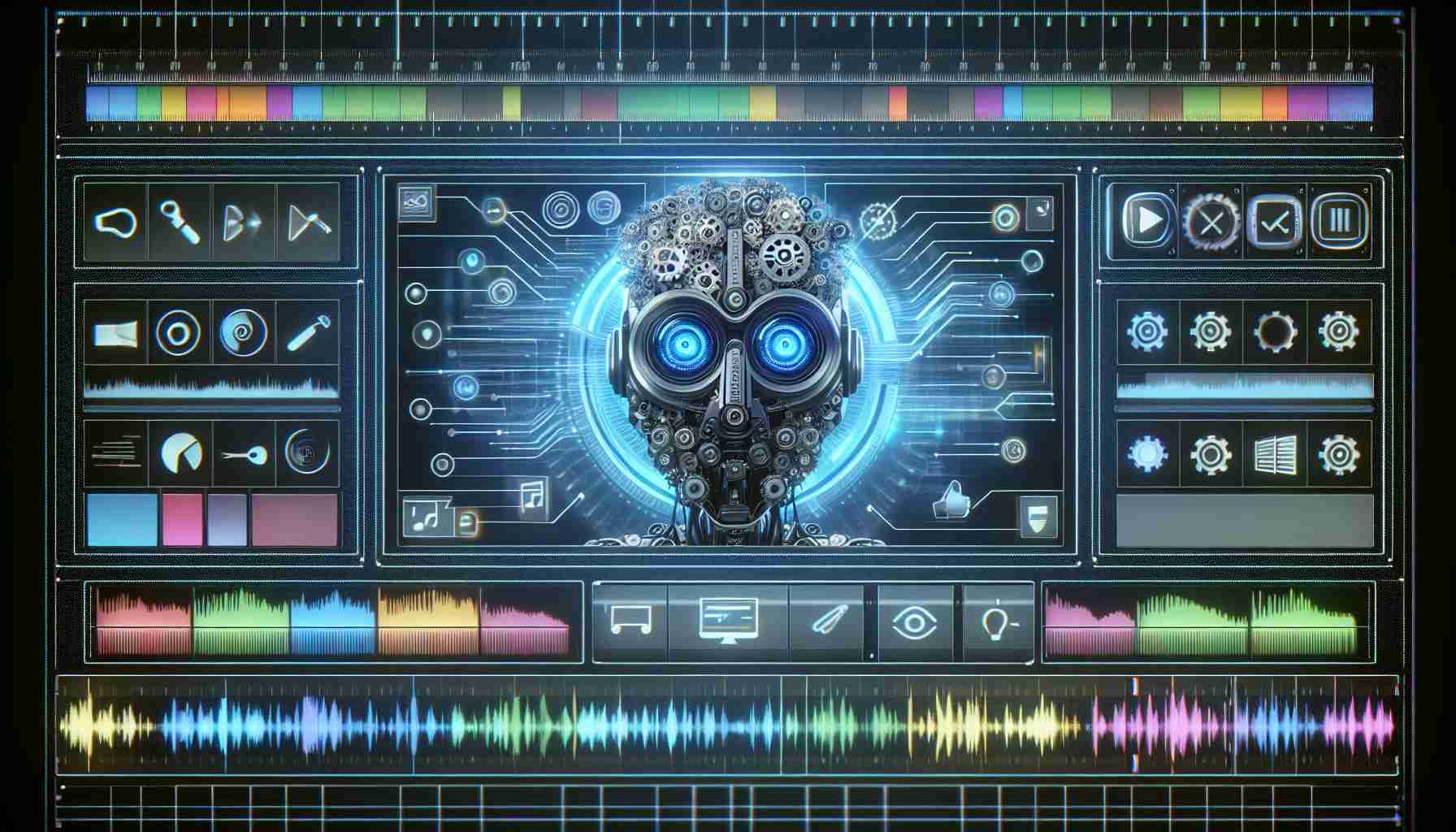Adobe ventures forward by integrating Artificial Intelligence capabilities into its creative suite, particularly introducing a valuable tool for video creators. The tech giant has unveiled an experimental feature called VideoGigaGAN that utilizes artificial intelligence to revamp video quality, sharpening the imagery remarkably, and it can manage this feat up to an eightfold improvement without the glitches and distortions typically associated with such enhancements.
The VideoGigaGAN method has outstripped other video super-resolution (VSR) techniques, as Adobe has reported. It has circumvented the usual artifacts and flickers that emerge when using General Adversarial Networks (GAN). Impressively, it achieves clarity and detail enhancement concurrently—a function most similar systems struggle to balance.
Notably, this system shines when refining the minutiae of the visual content. The textures of human skin, the subtleties of fine hair, and the complexities of feather details are rendered with a greater degree of realism.
Adobe’s foray into AI-assisted video editing could revolutionize post-production workflows, potentially integrating smoothly with stalwarts like Premiere Pro or After Effects. Nonetheless, some debate continues about the efficacy of AI in augmenting human creativity and productivity.
Information on whether Adobe plans to implement this feature into mainstream applications remains unspecified. Current demonstrations of the technology are limited to short clips with a playback of only 12 frames per second, indicating that developers may have their work cut out for them in fine-tuning this mechanism.
Advantages of AI-Powered Video Editing:
1. Enhanced Efficiency: Adobe’s VideoGigaGAN function can significantly reduce the time required for video enhancements, enabling editors to achieve higher-quality results faster.
2. Increased Quality: The technology aims to provide ultra-high resolution without the common issues like glitches or distortions, creating a more realistic and visually appealing result.
3. Accessibility: This tool could make high-quality video production more accessible to creators who may not have the resources for expensive equipment or software.
Challenges and Controversies:
1. Quality Concerns: There is often skepticism about the ability of AI to maintain authenticity in visual content, as it may generate unrealistic or uncanny visuals.
2. Creativity vs. AI: Some critics argue AI might stifle human creativity by automating too much of the creative process.
3. Technological Limitations: As of the knowledge cutoff, completing complex tasks such as processing longer videos at standard frame rates remains a hurdle for AI-driven video enhancement tools.
The most important questions regarding Adobe’s initiative:
– How will VideoGigaGAN integrate with existing Adobe products?
– Will this technology be accessible and affordable for the average consumer?
– What measures are being taken to ensure authenticity and avoid potential misuse of this powerful technology?
Disadvantages of AI-Powered Video Editing:
1. Potential for Misuse: While Adobe’s AI can create highly detailed images, there’s concern about its misuse in fabricating realistic deepfakes or misleading content.
2. Job Displacement: There’s a fear that AI advancements could lead to job losses in the video editing sector as some skills may become obsolete.
3. Technical Barriers: Steep learning curves and the need for high-performance computing resources to handle AI operations may limit some users’ ability to utilize such tools.
For more information about Adobe’s suite of creative tools, visit Adobe.
Keep in mind that the AI video editing landscape is rapidly evolving. Tools and capabilities may have advanced since the knowledge cutoff date, and users are encouraged to seek out the latest updates directly from Adobe or other reliable sources.

